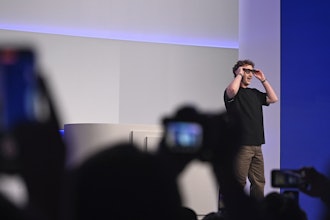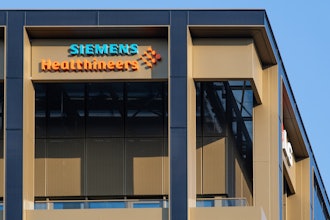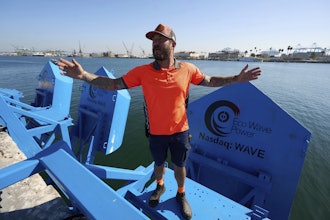Batteries Not Included
We have heard about new ingestable and implantable devices that help with drug deliver and medical sensing applications in the human body, but one of the primary problems is power. Because you need power, you need a battery, and as a result, the devices can be cumbersome (still not as bad as the original pacemaker).
Researchers from MIT have found a way to wirelessly power devices inside you. We're not talking about something just beneath the surface, but deep inside of you, up to 10 CM. The researchers, working in collaboration with scientists from Brigham and Women's Hospital, have created and tested these tiny prototypes that are about the size of a grain of rice. The researchers think that they can make them even smaller.
The implants are powered by radio frequency waves and can deliver drugs, monitor conditions, or even treats diseases, like Parkinson's disease or epilepsy, by stimulating the brain. The waves can pass through human tissue safely, and in tests with animals, they could charge devices up to 10 cm deep from a distance of 1 meter. If it's closer to the surface, the devices can be powered from 38 meters away.
In the past, the radio waves would dissipate as they pass through the body and were too weak to supply enough power. The researchers developed the In Vivo Networking system, which works by sending radio waves at different frequencies across a wide area. This allows the system to power multiple sensors at once. It also works as a communication beacon.
The researchers are now working on making the power delivery more efficient and efficient over greater distances. The technology could also improve industrial RFID applications like inventory control and "smart" environments.
Russians Steal Military Backpack Design
The Russian military was looking for a way to increase machine gun efficiency, so they went to Front Tactical Systems, the type of company that you visit when you're looking for something like increasing machine gun efficiency. However, the pack's origins are a little suspect.
Front Tactical's solution is called the Scorpio, and new images have surfaced which show a Russian soldier testing the ammunition-feeding backpack attached to a PKM heavy machine gun.
The system does bear a striking resemblance to a similar backpack-fed machine gun that a U.S. Army soldier invented back in 2011. The Army worked up a prototype that they called the IronMan, but it's been MIA since 2014.
According to Task & Force, a couple of commercial versions have been manufactured for special forces and contractors, most notably the Huron MICO - Machine Gunners Assault Pack. The MICO, which predates the IronMan, hasn't been too popular given the $4,000 price tag.
According to Task & Force, the Scorpio, which retails for about $1,000 is a knock off of the MICO pack. The MICO was modified to work with a PKM on an episode of the show, Sons of Guns. A Russian national got a hold of one of the packs and copied the design.
Live in a 3D-Printed Housing Project
Netherlands is home to a number of creations that blend modern design, art, and architecture. While Amsterdam is home to the MX3D 3D-printed bridge, Eindhoven may soon be the home of Project Milestone, an affordable housing project made up of five 3D-printed houses that look like giant stones. Either that, or someone leaked concept work from the Flinstones reboot.
A lot of interesting structural 3D-printing work is coming out of the Eindhoven University of Technology. Researchers were among the first to create 3D-printed houses using large format printers, and they were also the first ones to figure out how to 3D print homes and structures and keep the concrete from collapsing.
Now, according to an article out of New Atlas, Project Milestone will be the first 3D printed homes that will actually be inhabited. Up until now, most of the projects have been proof-of-concept or prototype. Project Milestone already has a developer, a real estate manager, and a five-year plan that has the first tenants in a 3D printed home by 2019.
The first boutique home will have a total floor space of 1,022 sq ft, including a living room, two bedrooms, a kitchen, bathroom, and store room.
The idea is to build one, learn from their mistakes, and speed up production on the other four.
The first four structures will be printed in a shop and then transported to the site where they will be topped off with a roof, have windows installed, and have electricity installed. The team hopes to print the fifth home on location.
The actual price is not available, but you have to assume that affordable is all in the eye of the beholder.
This is Engineering By Design.






















